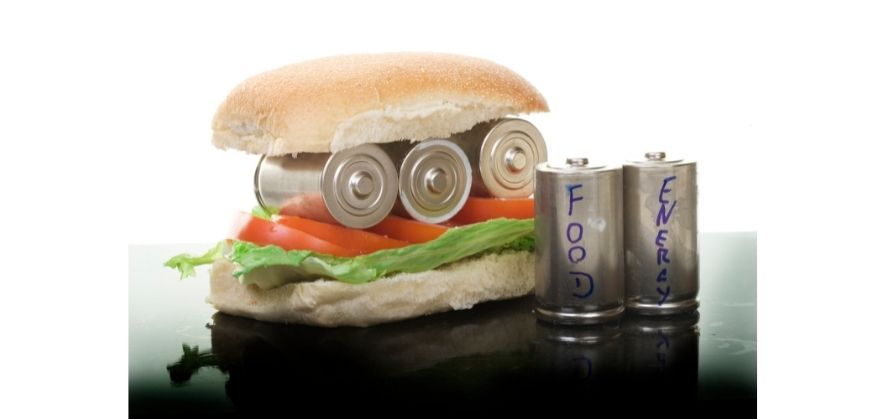Soccer is a great sport because it teaches people about concepts that aren’t even related to the game!
One of the areas where the activity helps learners is when it comes to science, especially with regard to physics and how energy work in different ways.
Students of this subject are typically quizzed on various scientific theories, as they’re required to know what happens in certain hypothetical situations.
For example…
A learner can be tasked with describing what happens to energy when an imaginary person – named Sally – kicks a soccer ball from a stationary point.
What would you say happens to the energy in such a scenario?
If you’re unsure, then read this article to find out!
Let’s start with a brief summary of the process here…
When Sally kicks a soccer ball with her foot, kinetic energy is transferred from her leg to the soccer ball, resulting in movement of the ball in a particular direction.
Read on for the more in-depth explanation of what happens here.
What energy transformation occurs when you kick a soccer ball?
The energy transformation process that takes place when Sally kicks a soccer ball can actually be explained quite logically.
You see, here’s what happens:
1. Chemical energy to kinetic energy

Before the ball is kicked, we must assume that Sally – the girl who is supposed to make contact with it – is in a state of rest.
She’s not moving, and therefore once she decides to make the motion to kick the ball, the energy switch gets underway.
First of all, Sally has chemical energy in her muscles as a result of foods that she’s previously eaten.
With her body having the chemical energy needed to commit to taking the action, she can move forward with her feet.
As soon as she starts to run, the existing chemical energy transforms into kinetic energy because motion has commenced.
2. Potential energy to kinetic energy
Because a force must be applied in order to move a stationary ball, work must be done by Sally to get it to move.
Even though the ball isn’t yet moving, it has potential energy that arises out of it being stored and having the potential to do work, that later on results in energy conversion.
This concept is explained a little better in my article on whether soccer balls have energy.
Therefore, the next energy transformation to take place is potential energy to kinetic energy.
What happens in this situation is that the kinetic energy – present in Sally’s legs as she runs towards the ball – is transferred to the soccer ball as soon as contact is made.
After that happens, the ball begins to move forward because it contains kinetic energy which came from Sally’s own body.
3. Potential energy to sound energy

Sound energy is produced as a by-product of the soccer ball being kicked.
Why, you ask?
Well…
Once Sally’s leg makes contact with the ball, the force exerted by her causes the ball to vibrate.
A ripple effect occurs as the air molecules around the ball to vibrate, and that vibration then extends to the surrounding environment causing a sound wave to be produced.
Because the sound wave travels within split seconds, Sally is able to hear the effect of her foot making contact with the ball.
It’s a process that happens almost instantaneously.
Closing thoughts
That marks the end of this brief post!
You should now have a much better understanding of the energy transformation process that takes place when a soccer ball is kicked by a hypothetical girl called Sally.
Just as a reminder…
When Sally kicks the soccer ball, kinetic energy is transferred from her leg to the ball itself. This is because of the kinetic energy that she has when running towards the ball from a stationary point. Once contact is made, that energy is shifted on to the soccer ball which begins to move as a result.
Be sure to consult your science or physics teacher if you want a really thorough break down of the ins and outs of this process.
Of course, they’re much more capable of answering this question because that’s what they’re qualified to do.
If you enjoy the content that I create and would like to buy me a coffee, then I’d really appreciate it!
Any money that I earn through this donation will be re-invested into more content for this website.
Additionally, by sending in a donation you’ll also receive a copy of my recently released 190+ page eBook on Soccer Ball Care, as well as be subscribed to our mailing list where you’ll be regularly informed on the latest developments concerning the Soccer Whizz blog.
- Future Icons: Europe’s Emerging Midfield Maestros Set for Glory - December 4, 2023
- Kickstarting a Revolution: How Soccer Transformed the United States Over the Last Four Years - October 7, 2023
- 4-1-4-1 Soccer Formation [Analysis] - September 23, 2023

